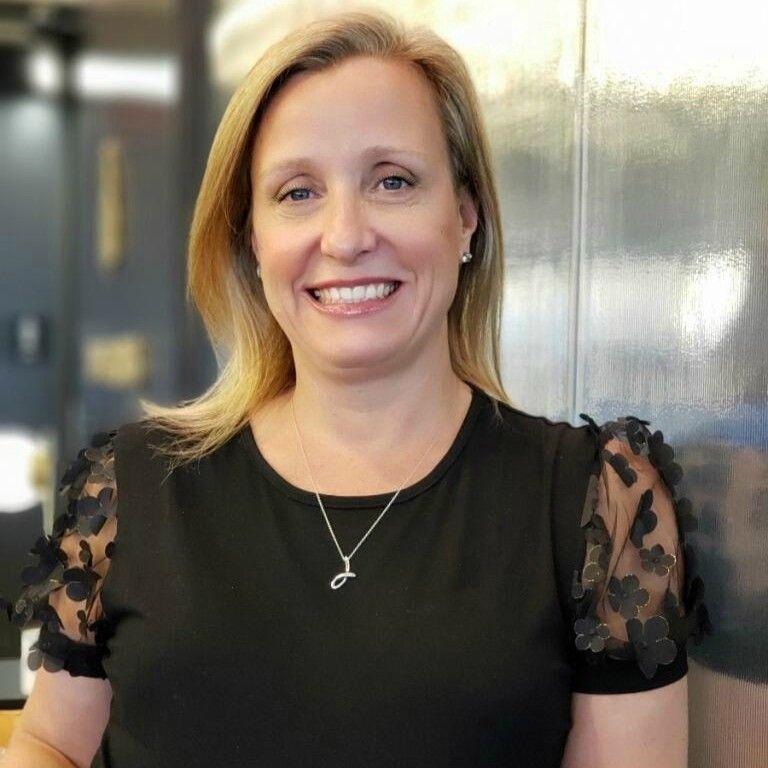If you’ve been keeping up with this column, you may have noticed a theme: the fact that it’s never a bad idea to “get back to the basics” and constantly hone your skills in an ever-demanding business development environment.
For many professional sellers, the concepts, and ideas, to which they regularly adhere have been refined and ingrained over time, to the point where those best practices are instinctive and second nature; thus, they are timeless. Many of these principles can be found in The Sandler Rules: 49 Timeless Selling Principles and How to Apply Them by David Mattson, chief executive officer of Sandler Training.
But, despite the copious amounts of “how-to” information available in thousands of books and websites, many sellers continue to commit sales suicide through common blunders and mistakes. While some learn from those mistakes, others seem to continuously fall into the same selling traps over and over. Some of the most common include:
Assuming the problem the prospect communicates is the real problem. It’s normal, and natural, to assume that your prospect is being totally transparent and honest with you; however, it’s important to look deeper into each scenario. Like a physician, you must determine “is this the prospect’s real problem or is it just a symptom?” Before diagnosing and offering a solution, we must ask more questions to get to the root of their problem. (Sandler Rule 38.)
Thinking that your sales “presentation” will seal the deal. You should always be helping the prospect discover the best reasons to buy from you—not telling them why they should. The prospect should decide that they’ll be buying from you long before you present your final pitch or proposal. (Sandler Rule 15.)
Talking too much. So often, and especially in the beginning of a relationship, salespeople think they need to be doing all the talking, when they really should be listening and asking questions. (After all, if a prospect wanted a rundown of your products or services, he or she could just visit your website.) The sales process, ideally, should be an open and honest conversation. (Sandler Rule 14.)
Believing that you can “sell” anybody anything. A prospect must go through a period of self-discovery before making the decision that your product, or service, is the right solution. Resistance is pre-programmed because people don’t like to be told what to do (or buy). A better approach than “selling by telling” is to ask key questions, or relate third-party stories, that allow the prospect to discover the benefits and advantages of your product or services. When you ask questions that lead to a discovery, the prospect then “owns” the decision and is less likely to argue with their own conclusions. (Sandler Rule 27.)
Failing to remember that salespeople are decision-makers too. Every step of the way through the sales cycle, a salesperson must make the critical decision as to whether to continue investing time in the relationship with the prospect. If you, as the salesperson, are a poor decision-maker, your lack of clarity and decisive action will be mirrored in your prospect’s behavior. Remember, the shorter your selling cycle, the more leads you close over time. (Sandler Rule 36.)
Working as an “unpaid consultant” to close a deal. When a prospect asks for additional work, and information, before making a buying decision play “let’s pretend.” Ask your prospect to picture a scenario where you complete the additional groundwork and provide a solution that fits everything the prospect needs; will they buy from you? If they can’t envision pulling the trigger even after you’ve done the additional work, or if they’d still need another step in the process, it might be time to walk away. (Sandler Rule 25.)
An effective sales process is about sharing your company’s great talents, and strengths, and connecting powerfully with those who are a strong fit with what you provide. Being open, honest and transparent about who you are and what you deliver, along with serving as an effective listener, decision-maker and team builder, will help you achieve the sales you need and want.
Jim Marshall is owner, and president, of Sandler Training of Tampa Bay which provides sales, corporate and management training to high-achieving companies and individuals. Contact him at 813.287.1500 or [email protected].









